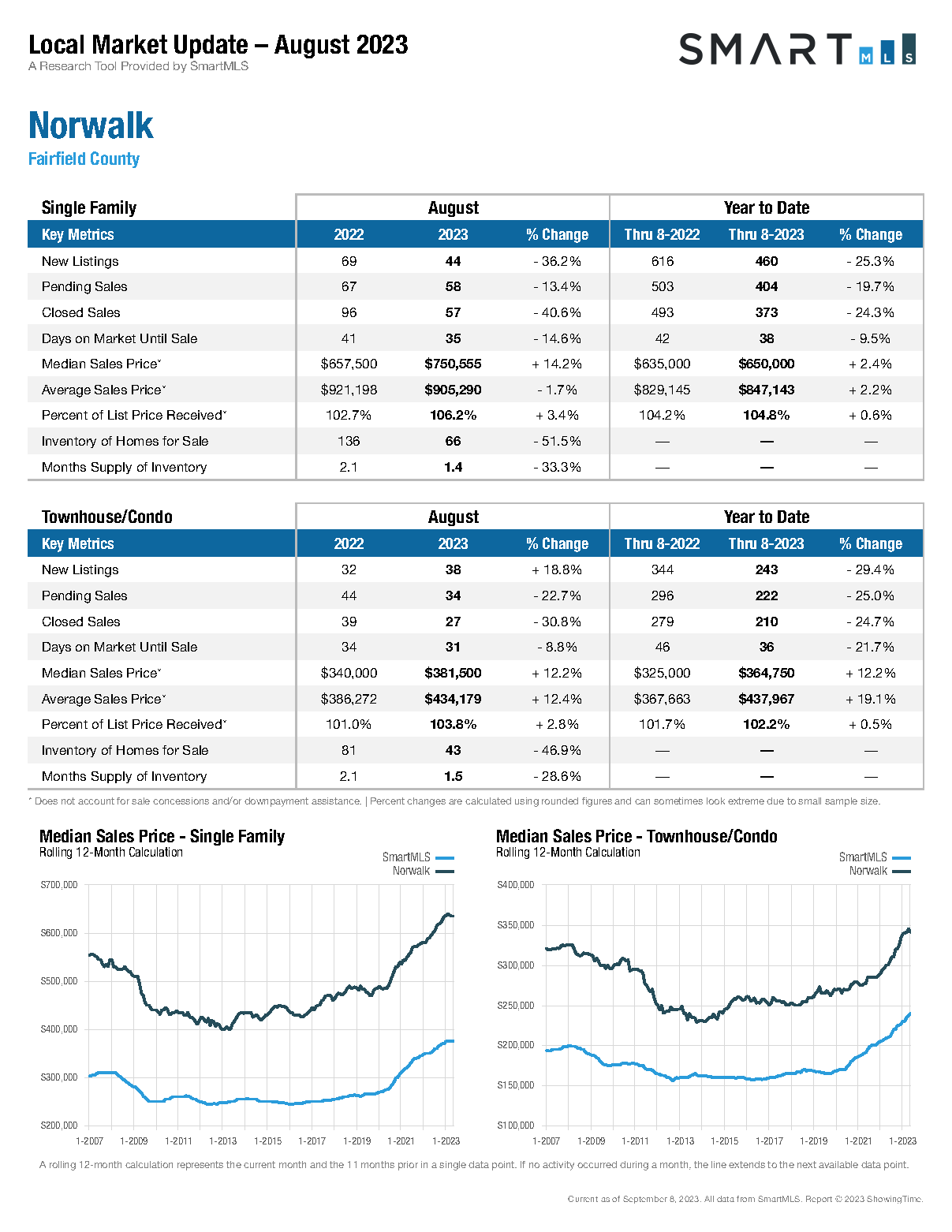Norwalk is a city located in Western Connecticut, United States, in southern Fairfield County, on the northern shore of the Long Island Sound. Norwalk lies within both the New York metropolitan area and the Bridgeport metropolitan area. Norwalk was originally settled in 1649, and is the sixth-most populous city in Connecticut. According to the 2020 United States Census, Norwalk has a population of 91,184.
Roger Ludlow purchased the areas east of the Norwalk River from Chief Mahackemo of the Norwaake (or Naramauke) Indians in 1640. Norwalk was settled in 1649, incorporated September 1651, and named after the Algonquin word noyank, meaning “point of land”, or more probably from the Native American name “Naramauke”.
The Battle of Norwalk took place during the Revolutionary War and led to the burning of most of the town. In 1836, the borough of Norwalk was created, covering the central area of the town In 1853, the first ever train disaster in the United States happened over the Norwalk River. During the 19th and early 20th century, Norwalk was a major railroad stop for the New York, New Haven, and Hartford Railroad. The city of South Norwalk and the remaining parts of the town of Norwalk were both combined in 1910 to form the current city.

Local Market Update for August, 2023

